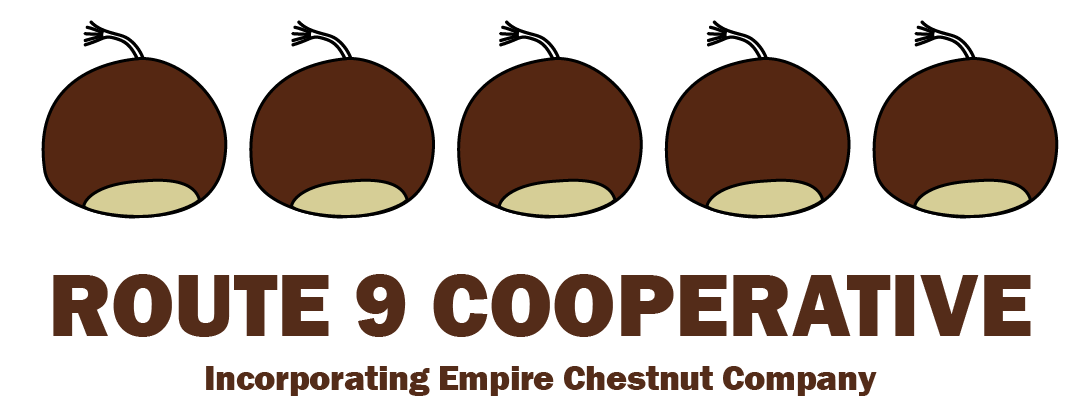Your cart is currently empty!
Forest & Timber
American chestnuts were an important forest component and sawtimber tree. Consequently, many people want to plant chestnuts for this purpose. However, American chestnuts are susceptible to chestnut blight and phytophthora root rot, which is why this species is no longer a forest tree. Chinese chestnuts are generally too branchy to make sawlogs, and don’t get tall enough to compete in eastern North American forests. Other species, such as Japanese or European chestnuts, likewise cannot thrive as North American forest trees because of their growth characteristics, climatic adaptation, or disease susceptibility. A solution to this dilemma is to create disease-resistant American-type chestnuts by crossing American chestnuts with disease resistant species or incorporating disease resistance through transgenic methods. Both of these avenues are being pursued by The American Chestnut Foundation (www.acf.org), but their work has not yet progressed to the point that trees are available for forest plantings. It has been found that the genetics of disease resistance is more complex than once thought, but the goal of a disease-resistant American-type chestnut still seems attainable. We’re just not there yet. So, at the moment there are no chestnut trees available for large-scale forest plantings. However, there are ways to get involved in the effort to return chestnuts to the forest. One is to join The American Chestnut Foundation (TACF). Another is to plant some of our trees that we call “timber hybrids” (read description under What We Offer). Our timber hybrids are not part of TACF’s program, but our own project that we’ve been working on for over 30 years. The trees are a genetically variable population that should be planted on a modest scale for experimental purposes. Some fraction of these trees will hopefully be disease resistant enough and get tall enough to compete in the forest; or maybe their descendants will be. We won’t know and it won’t happen unless we give it a try.
